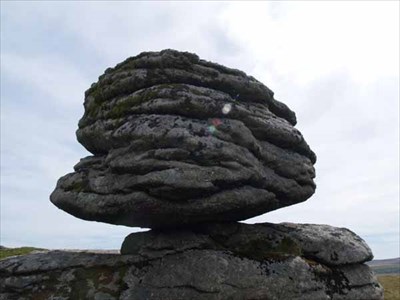
The Bucegi Mountains cover 115 square miles (300 square Kilometers) of the renowned Transylvania region of Rumania.The mountains' history dates back about 100 million years to the time when sandstone, shale, conglomerate, and limestone began forming in this region, which marks the boundary of two major crustal plates. Within the Bucegis lie sinkholes and caverns, while strange rock formations rest upon the slopes. This variety in landform results from the rocks differing degrees of resistance to water and wind erosion. Where limestone predominates, water may dissolve it, forming sinkholes and caverns. Where conglomerate and sandstone prevail, the harsh wind and weather may cut peculiar shapes - for example, Sphinx and Babele.
Glaciers and rivers also modeled the Bucegi terrain. At the head of some of the highest valleys, glacial ice chiseled semicircular hollows known worldwide as cirques. Rivers have carved the mountains, creating deep ravaines and gorges. Within the Bucegis is a national park, a preserve for the extraordinarily diverse plant and animal life found there.

